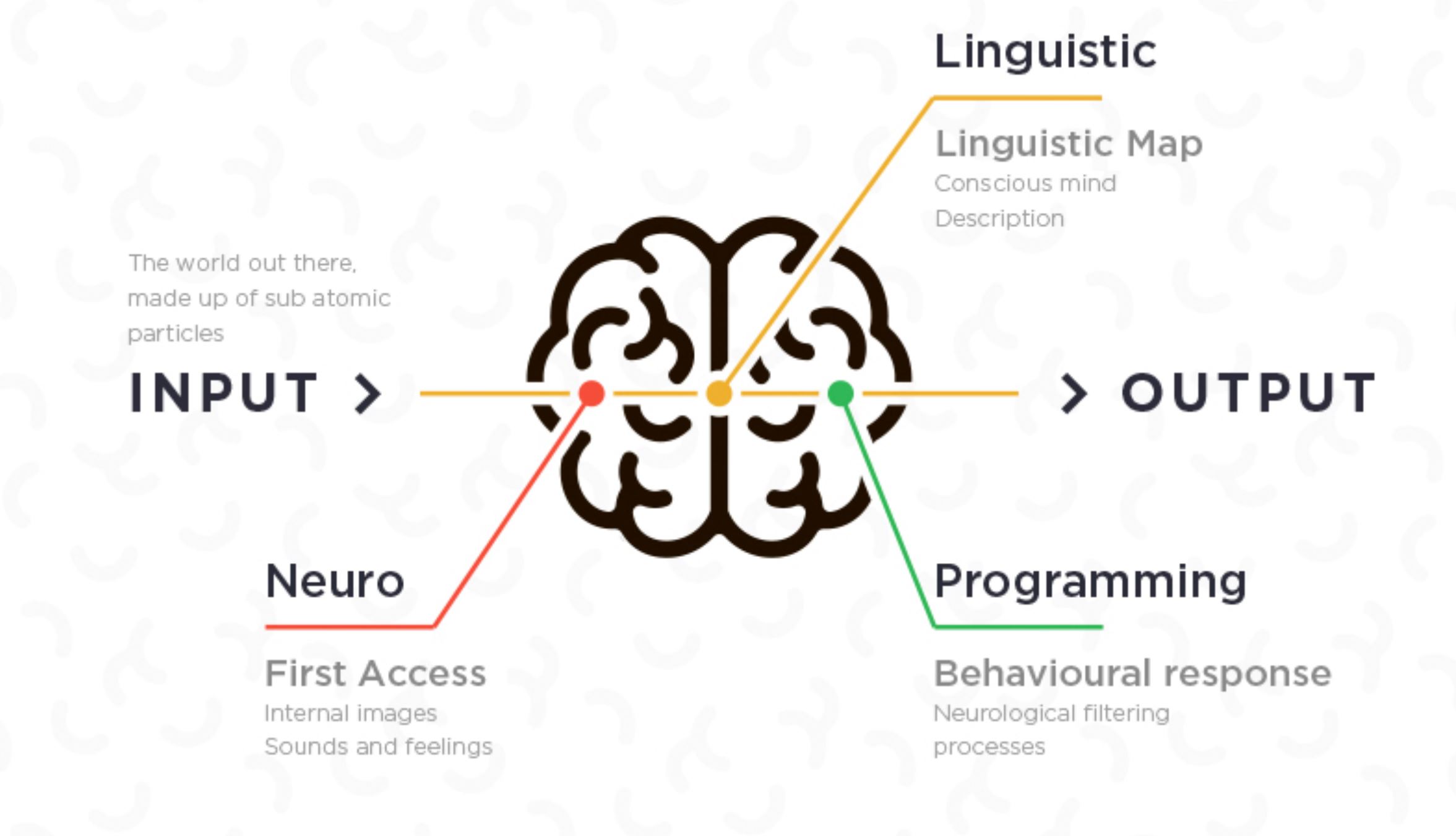
John Grinder’s model performance refers to his ability to observe and analyze patterns of behavior and language in successful people, and then distill those patterns into teachable techniques that others can use to achieve similar results. As a co-founder of Neuro-Linguistic Programming (NLP), Grinder is known for his expertise in modeling excellence in various domains, such as therapy, business, sports, and the military.
Grinder’s modeling process involves closely observing successful individuals in a particular field, identifying the key behaviors and language patterns that are most closely associated with their success, and then creating a set of teachable techniques based on those patterns. These techniques can be used by others to improve their performance in the same field.
For example, in the field of therapy, Grinder and his collaborator Richard Bandler modeled some of the most successful therapists of their time, such as Milton Erickson and Virginia Satir. Through their modeling efforts, they were able to identify the specific techniques and strategies that these therapists used to achieve remarkable results with their clients. They then created training programs that taught these techniques to others, leading to the development of NLP as a methodology for personal development and communication.
Overall, John Grinder’s model performance has been widely recognized for its ability to identify the key factors that contribute to success in various domains, and to create teachable techniques based on those factors. His work has had a significant impact on the field of personal development and communication, and his techniques continue to be used by practitioners and individuals seeking to improve their performance in various areas.
The Four Levels of the Grinder Model
The Grinder Model, consists of four levels that describe how individuals experience and interact with the world around them.
The four levels are:
1. Environment: This level refers to the external world and the sensory experiences that individuals have through their five senses. The environment includes things such as sights, sounds, smells, tastes, and physical sensations.
2. Behavior: This level refers to the observable actions and behaviors that individuals exhibit in response to the environment. Behavior includes things such as movements, facial expressions, and verbal communication.
3. Capability: This level refers to the internal cognitive and emotional processes that underlie behavior. Capability includes things such as beliefs, values, attitudes, and emotional states.
4. Identity: This level refers to the individual’s sense of self and how they see themselves in relation to others and the world around them. Identity includes things such as self-concept, self-esteem, and self-image.
According to the Grinder Model, each level influences the level above it, meaning that changes at the lower levels can have a cascading effect on the higher levels. For example, changing the environment can affect behavior, which can in turn affect capability and identity.
By understanding the four levels of the Grinder Model, individuals can gain insight into their own experiences and interactions with the world around them, and can develop strategies for making positive changes at each level to improve their overall well-being and success.
How to Improve Performance by using the John Grinder Model
Improving performance using John Grinder’s model performance involves learning and applying the techniques and strategies that he has identified through his modeling process.
Here are some steps you can take to improve your performance using Grinder’s methods:
1. Identify a role model: Choose a successful individual in your field who you admire and who embodies the qualities and skills you would like to emulate.
2. Observe and analyze their behavior: Study your role model’s behavior and language patterns in different situations, such as when they are performing their job or interacting with others. Look for consistent patterns that may contribute to their success.
3. Identify specific techniques: Based on your observations, identify the specific techniques and strategies that your role model uses to achieve success in their field. These may include verbal and nonverbal communication techniques, problem-solving strategies, or ways of managing time and resources.
4. Practice and apply the techniques: Once you have identified the techniques and strategies that your role model uses, practice and apply them in your own work or personal life. Seek feedback from others to help you refine your approach and improve your performance.
5. Continuously learn and adapt: As you gain more experience and develop your skills, continue to observe successful individuals and refine your approach based on what you learn. Keep an open mind and be willing to adapt your techniques as necessary to achieve your goals.
Overall, improving performance using John Grinder’s model performance involves a process of observation, analysis, and application.
By studying the behavior and language patterns of successful individuals in your field, you can identify the specific techniques and strategies that contribute to their success and apply those techniques to improve your own performance.
Please visit my website to see my services and book a COMPLIMENTARY CALL.
